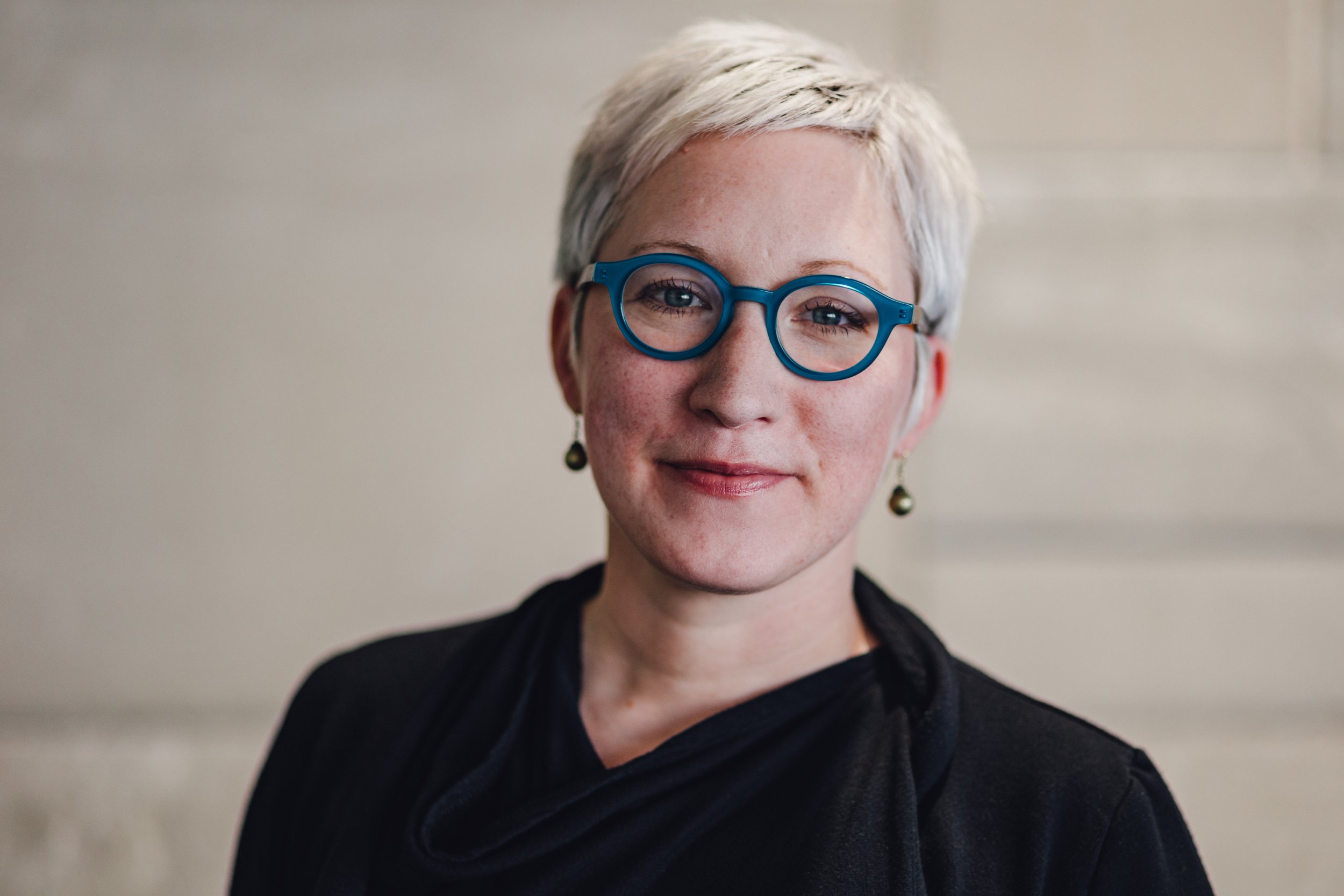Church Anew Blog
Get Updates in Your Inbox
Want to stay up-to-date with the Church Anew Blog? Sign up for our weekly blog round-up.
Interview with Bishop Brenda Bos, Author of “Refilling the Reservoirs: Spiritual Care for the Exhausted Caregiver”
You are not alone in your struggle. Your spiritual despair makes sense, and God is reaching out. Your feelings are real, your overwhelm is real, and God has something to offer.
Improv for Preaching
How might such silly exercises embed the deeply sacred value that everyone’s voice is needed and worthy in your community?
The misfortune (good fortune?) of a stress fracture
So, from the vantage point of the wheelchair, I learned a few lessons that I hope will be helpful to others. The lessons start with a full assessment of a church campus, and an open invitation to the congregation and persons who visit the campus regularly to offer ideas about how the campus can truly serve all of God’s people.
EXPLORE OUR ARCHIVE OF ARTICLES FROM
Walter Brueggemann
Get Updates in Your Inbox
Want to stay up-to-date with the Church Anew Blog? Sign up for our weekly blog round-up.





